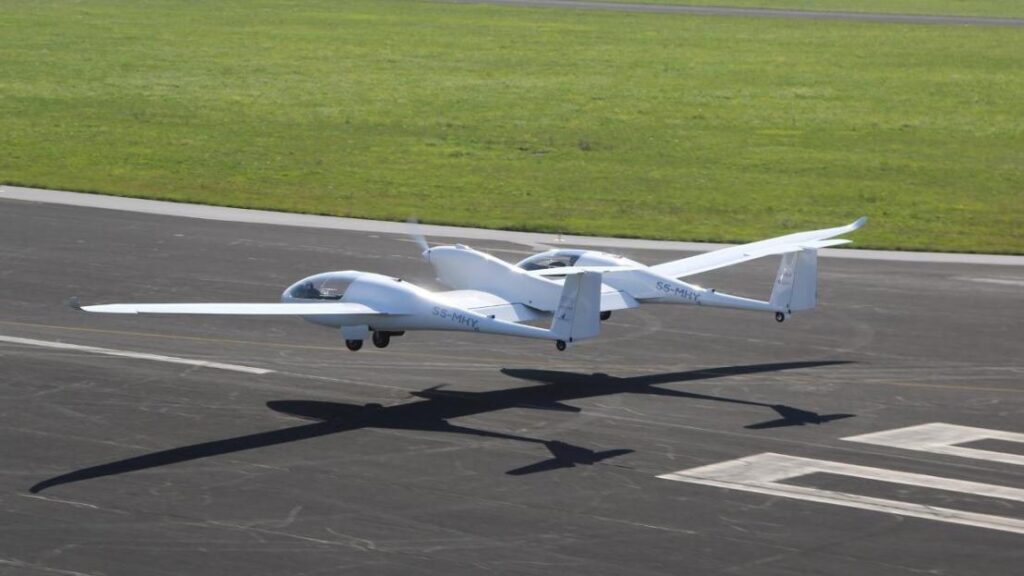
Hydrogen-powered drones can stay airborne far longer than LiPo (lithium-ion polymer) drones without needing multiple batteries and launch points. Hydrogen is combined in the fuel cell with oxygen from the air to produce electricity; as long as hydrogen fuel is provided to the cell, the battery generates power.
One possible solution is to use a new type of fuel in planes that doesn’t produce harmful emissions – hydrogen. Long-touted as a sustainable fuel, hydrogen is now gaining serious traction as a possibility for aviation, and already tests are under way to prove its effectiveness.
Planes using hydrogen would emit only water, and initial tests suggest they can be just as fast as traditional planes, carrying more than a hundred passengers per flight over thousands of kilometres. A recent report on the potential of hydrogen-powered aviation said such planes could enter the market as soon as 2035.
There are still significant challenges to make this happen. But if they can be overcome, the future of aviation could be much greener than it is today and be a functioning component of a decarbonised world.

